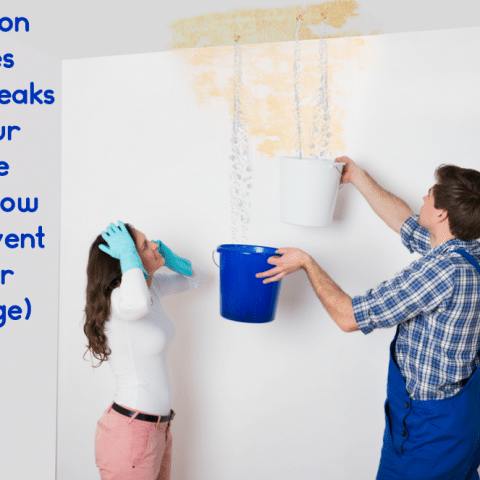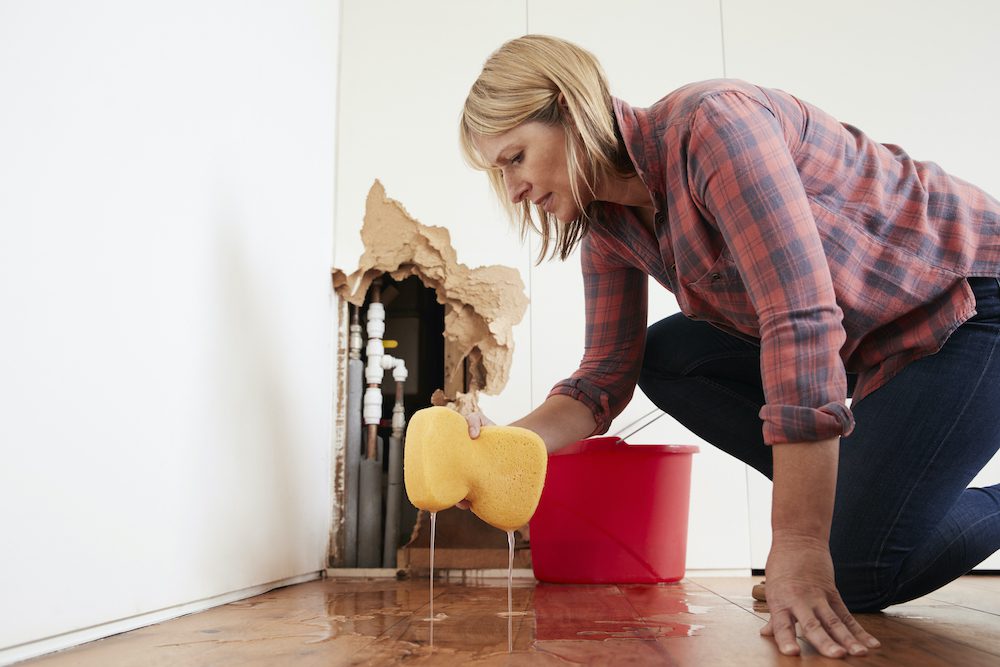How do you feel about Top leak detection hacks?

Early discovery of leaking water lines can mitigate a possible disaster. Some tiny water leaks might not be visible.
1. Check Out the Water Meter
Every house has a water meter. Inspecting it is a proven way that assists you uncover leaks. For beginners, switch off all the water sources. Guarantee no person will certainly purge, use the faucet, shower, run the cleaning machine or dishwashing machine. From there, most likely to the meter and also watch if it will certainly transform. Since nobody is using it, there must be no motions. If it relocates, that suggests a fast-moving leakage. Furthermore, if you detect no changes, wait a hr or 2 as well as inspect back again. This suggests you may have a slow leakage that could also be underground.
2. Check Water Usage
If you identify sudden modifications, regardless of your usage being the very same, it means that you have leaks in your plumbing system. An unexpected spike in your costs indicates a fast-moving leak.
A constant rise every month, also with the same routines, reveals you have a sluggish leak that's also gradually intensifying. Call a plumber to extensively inspect your residential or commercial property, especially if you really feel a warm area on your flooring with piping beneath.
3. Do a Food Coloring Test
When it pertains to water consumption, 30% comes from bathrooms. Examination to see if they are running properly. Decline specks of food color in the tank and also wait 10 minutes. There's a leak in between the container as well as dish if the color in some way infiltrates your dish during that time without flushing.
4. Asses Exterior Lines
Don't neglect to examine your outdoor water lines too. Should water permeate out of the connection, you have a loosened rubber gasket. One tiny leak can lose bunches of water as well as spike your water costs.
5. Check as well as Analyze the Scenario
Property owners must make it a routine to check under the sink counters as well as also inside closets for any bad odor or mold and mildew growth. These 2 warnings suggest a leak so punctual interest is needed. Doing routine inspections, even bi-annually, can save you from a significant issue.
Check for discolorations and weakening as most pipelines as well as devices have a life expectations. If you believe dripping water lines in your plumbing system, do not wait for it to escalate.
Early discovery of leaking water lines can reduce a potential catastrophe. Some little water leakages might not be noticeable. Examining it is a proven means that aids you find leaks. One small leak can waste loads of water and spike your water costs.
If you believe dripping water lines in your plumbing system, don't wait for it to escalate.
How to Know If Your Home Has a Hidden Leak
Water Meter Reveals Inexplicable Water Usage
If you’d like to test whether or not there’s a leak somewhere in your home, you can do this using your water meter. Here is how to conduct the test:
Don’t use any water in your home for at least 30 minutes; this also means not turning on faucets or water-using appliances.
Go outside, and check your water meter for activity.
If your water meter shows that there was activity, even though no one was using any water, this proves that there is a leak in your home.Visible Mold or Mildew Growth
Leaks behind walls create moist, dark environments that allow mold and mildew to grow and thrive. Eventually, you might see mold growth forming on the wall closest to a hidden leak.
If mold is growing in an area that receives a high amount of moisture, such as a bathroom, it may simply be an indication that better ventilation is needed. However, if you see mold growth on a wall or the ceiling in an area where you would not expect, you probably have a hidden leak.
Musty, Mildew Odor
Sometimes you might not be able to see the mold or mildew that is growing as a result of a leak. However, the smell can give the problem away just as easily. If you catch a whiff of something musty, there’s a good chance that old water is collecting somewhere in your home that you can’t see.
Stained/Warped Walls, Ceilings, or Floors
When your home soaks up water, a variety of red flags can become visible, including ceiling stains, bubbling drywall, warped walls, and sagging floors. While these issues can be caused by excess humidity, they can also be signs that a pipe or plumbing connection has started leaking behind your walls.
Inexplicably High Water Bill
After a while, you get a general sense for what your water bill should be. If you own a pool or sprinkler system, your bill will tend to be higher during summer. However, if you receive a water bill that seems especially high, and you can’t figure out what caused it, then you may have a hidden leak somewhere that’s increasing your bill.
https://www.plumbingjoint.com/blog/2019/july/how-to-know-if-your-home-has-a-hidden-leak/

I found that post about Hacks to detect leaks when surfing around the internet. Are you aware of anybody else who is fascinated about the subject? Do not hesitate to promote it. Kudos for your time. Visit again soon.